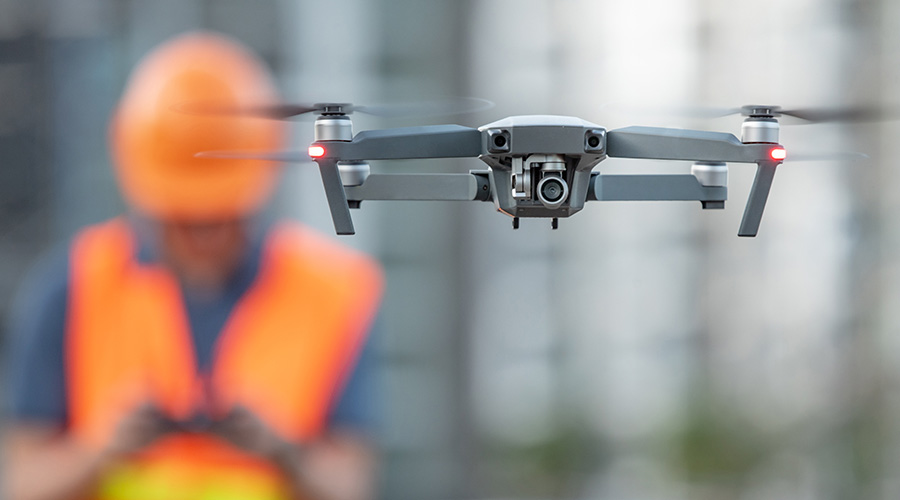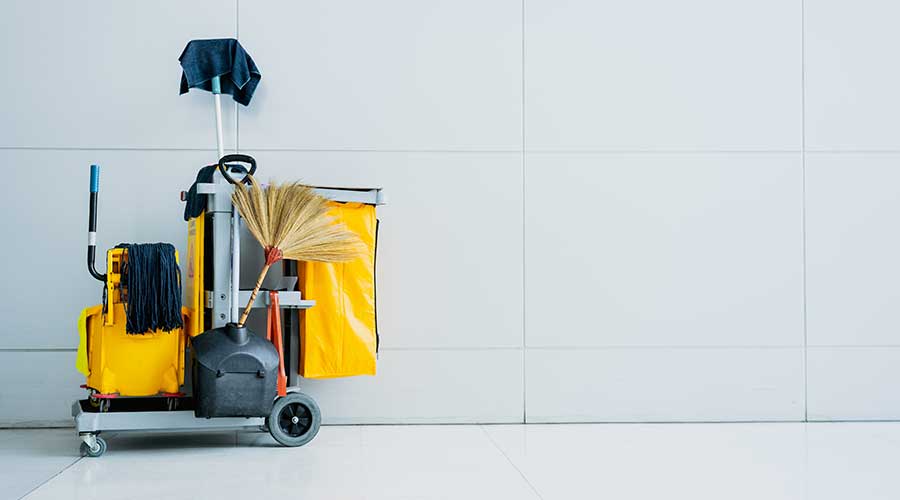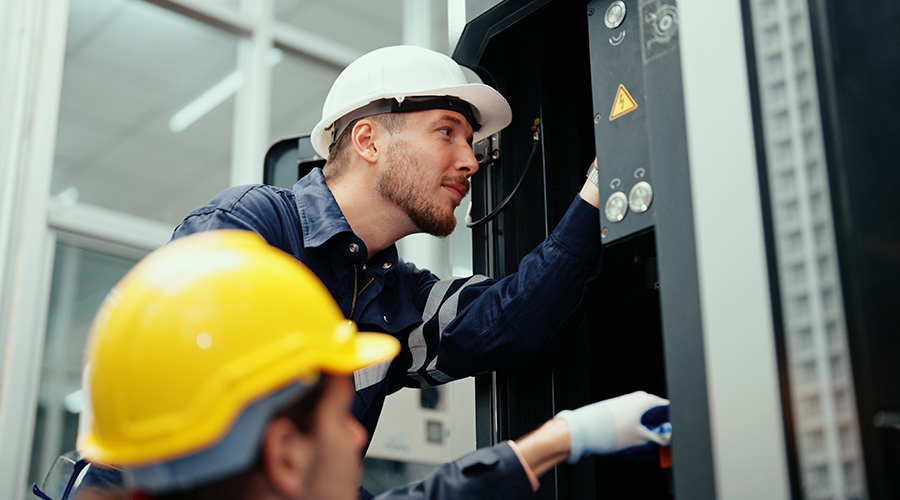Safety First: New Standards Raise the Bar
Workplace safety never stops evolving. And as safety needs change, so do the standards and technology that aim to offer workers better protection. Safety products are designed to protect employees from serious workplace injuries or illnesses resulting from exposure to workplace hazards that include chemicals, radiation, falls, electricity, confined spaces and emergencies.
Personal protective equipment (PPE) offers an essential line of defense to technicians. In early 2008, the Occupational Safety and Health Administration (OSHA) began requiring employers to pay for mandatory PPE. Where employees provide protective equipment, the employer must ensure its adequacy.
Hot Buttons
OSHA has many standards designed to protect workers. Below is a summary of the most frequently cited standards in health care and education facilities in 2007, along with the safety equipment and supplies designed to address each one:
• Bloodborne pathogens — respirators, gloves, signs, labels
• Hazard communication — MSDS management, labels, spill control, training
• Control of hazardous energy — training, tags, lockout/tagout devices
• Respiratory protection — training, equipment, cleaning supplies
• Chemical exposures — labels, spill control, gloves, aprons, lab coats, eye protection, face shields, eye-wash stations/showers, signage
• Electrical — signs, labels, tags, gloves, face shields, protective clothing
• Fall protection — signs, barriers.
Controlling Safety
When specifying safety equipment, managers need to follow OSHA’s mandates related to a hierarchy of controls. Recently, the American National Standards Institute (ANSI) issued ANSI-Z10, Standard on Occupational Health and Safety Management Systems. This consensus standard established best practices to reduce workplace hazards.
The standard expands a hierarchy of controls beyond previous OSHA requirements, which included only engineering controls, administrative controls and PPE. Managers need to understand the additional options for selecting safety equipment designed to eliminate or reduce workplace hazards.
The ANSI-Z10 standard’s new hierarchy of controls is as follows:
• eliminating the hazard
• substituting less-hazardous materials, processes, operations, or equipment
• using engineering controls
• issuing warnings
• implementing administrative control
• using PPE.
— Jeffery C. Camplin, CSP, CPEA, is president of Camplin Environmental Services Inc. in Rosemont, Ill.
Related Topics:











